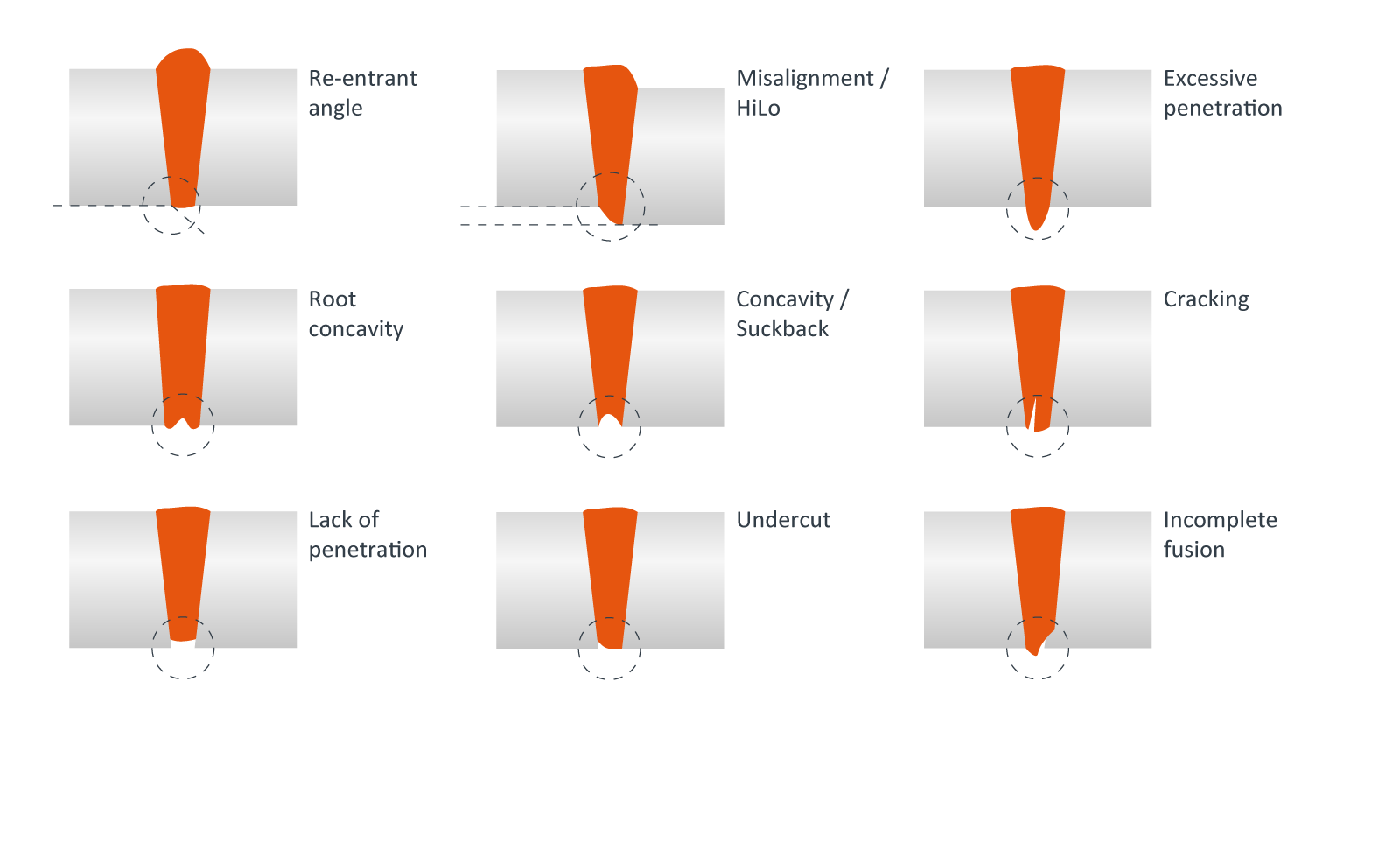Necessary Tips for Welders: Protecting Against Undercut Welding and Ensuring Stronger Weld Joints
In the world of welding, attaining resilient and strong weld joints is the cornerstone of generating high-quality job. One typical difficulty that welders typically experience is undercut welding, which can compromise the honesty of the weld joint.

Recognizing Undercut Welding
Undercut welding is a typical welding defect that takes place when the weld metal falls short to properly load the groove and leads to a groove-like clinical depression along the weld bead. This defect compromises the weld joint, making it at risk to cracking and failure under stress and anxiety. Undercutting can be created by various aspects, consisting of excessive welding present, high welding rate, improper electrode angle, inaccurate electrode dimension, and poor welding method.
Among the major reasons for undercut welding is a discrepancy in between the welding current and the welding speed. If the welding current is as well high or the welding rate is too fast, the weld metal might not adequately fill up the groove, bring about damaging. Additionally, utilizing an electrode that is as well huge can result in a similar outcome, as the excess metal can not appropriately move into the groove.
To stop undercut welding, welders must guarantee they are making use of the proper welding parameters, maintain an appropriate electrode angle, select the proper electrode dimension, and technique correct welding strategies. By dealing with these aspects, welders can lessen the threat of damaging and develop more powerful, extra reliable weld joints.
Proper Welding Technique
Reliable welding method plays an important role in making certain the top quality and stability of weld joints. One fundamental facet of appropriate welding strategy is keeping the appropriate angle and range in between the welding gun and the work surface.
Additionally, a regular and consistent hand motion is important for developing strong and long lasting weld joints. Welders should intend for smooth, uniform activities to make sure also distribution of the weld product. Appropriate adjustment of the welding weapon and filler product is likewise vital to accomplishing ideal penetration and combination.
Additionally, regulating the heat input and choosing the appropriate welding specifications based upon the material being bonded are critical consider achieving premium welds - Preventing weld undercut. Welders should comply with the advised settings offered by welding treatment specifications and change them as required based upon the specific demands of the task. By understanding proper welding methods, welders can significantly improve the stamina and integrity of their weld joints
Choosing the Right Electrode
Maintaining the right angle and range in between the welding weapon and the workpiece is fundamental when thinking about the relevance of picking the right electrode in welding applications. The option of electrode plays an essential duty in establishing the high quality and toughness of the weld joint. Electrodes can be found in different types, each designed for particular objectives and products.
First of all, picking the suitable electrode size is crucial. Thinner electrodes appropriate for welding thin materials, while thicker electrodes are better for thicker materials and higher heat applications. Matching the electrode size to the density of the work surface assists accomplish a balanced weld.
Secondly, understanding the material composition of the electrode is vital. Different electrodes are designed for welding specific products like steel, stainless-steel, light weight aluminum, or cast iron. Utilizing the appropriate electrode material ensures good blend and decreases the threat of flaws in the weld.
Finally, thinking about the welding position and technique is critical when picking the electrode kind. As an example, certain electrodes are much better fit for vertical or overhead welding positions, while others function well for level or horizontal placements. Choosing the best electrode based upon the welding method enhances the total weld high quality and integrity.
Preparing the Base Steel
To guarantee an effective welding process, what preliminary actions should be taken when preparing the base steel for welding? Additionally, any kind of existing weld material or residue from previous welding need to be removed to make sure a tidy surface for the brand-new weld.

Carrying Out Post-Weld Assessments

After performing these analyses, welders have to contrast the outcomes against industry standards and task requirements to guarantee that the weld joint meets all necessary standards. Any kind of inadequacies or discrepancies discovered throughout the post-weld inspection should be without delay resolved with suitable corrective actions to assure the weld's stability. By diligently carrying out post-weld inspections and promptly attending to any type of issues, welders can promote the high quality and integrity of their work, ultimately adding to the safety and security and durability of the welded frameworks.
Conclusion

In final thought, preventing undercut welding and making certain stronger Related Site weld joints call for a combination of proper welding strategy, selecting the right electrode, preparing the base metal appropriately, and carrying out post-weld inspections. By comprehending the reasons for undercut welding and carrying out the required preventative measures, welders can create high-quality weld joints that look at these guys satisfy sector standards and ensure the architectural honesty of the bonded elements.
Undercut welding is an usual welding problem that takes place when the weld metal stops working to effectively fill the groove and results in a groove-like anxiety along the weld grain (Preventing weld undercut). Undercutting can be created by various aspects, consisting of excessive welding current, high welding rate, inappropriate electrode angle, incorrect electrode size, and bad welding strategy
One of the primary factors for undercut welding is a discrepancy in between the welding existing and the welding rate. If the welding current is too high or the welding speed is as well quick, the weld steel might not appropriately fill the groove, leading to undercutting.Preserving the proper angle and range in between the welding weapon and the workpiece is fundamental when considering the significance of choosing the ideal electrode in welding applications.